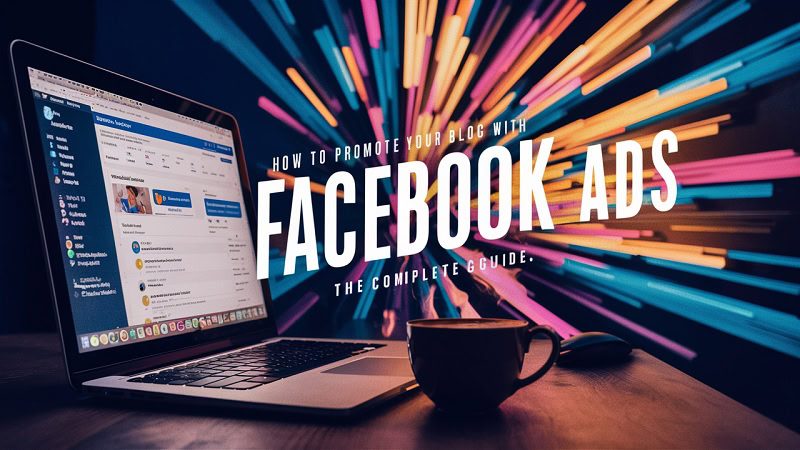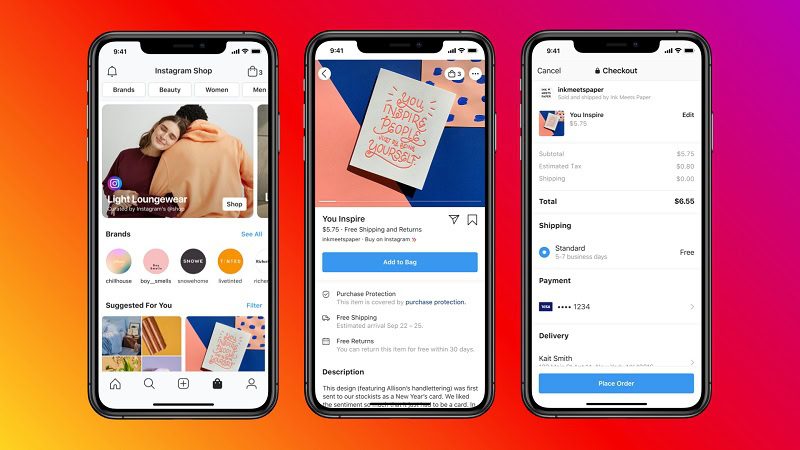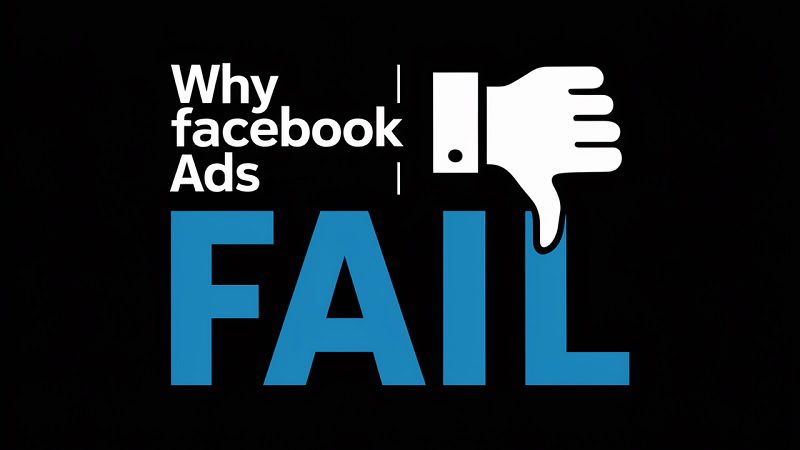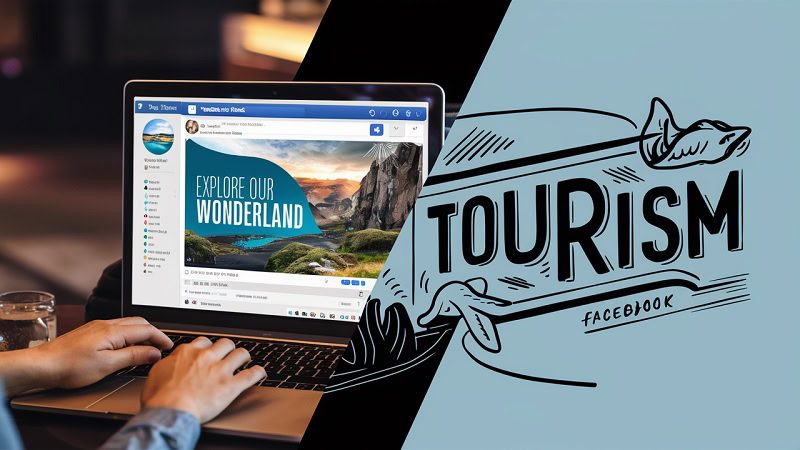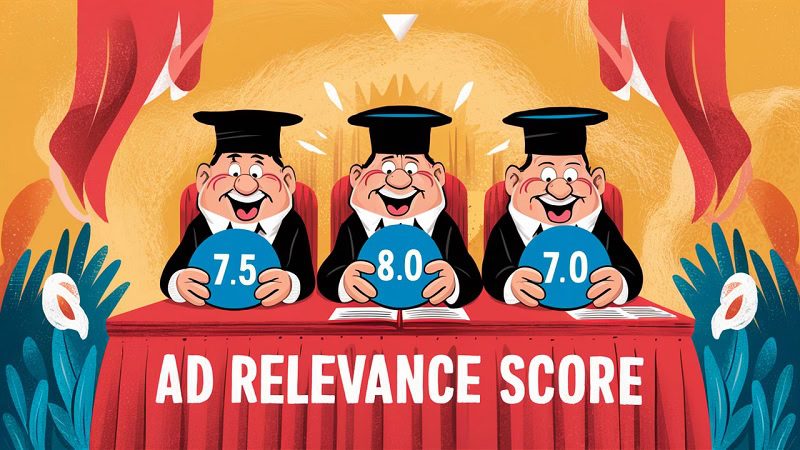Want to get your cosmetics brand in front of a massive audience of potential customers? Facebook ads are the answer.
With over 3 billion monthly active users, Facebook provides an unparalleled opportunity to reach your target market and drive sales. Whether you’re a small startup or an established brand, Facebook ads provide a powerful way to grow your cosmetics business.
But success with Facebook advertising requires more than just boosting a few posts. You need a strategic approach that considers your specific goals, audience, and creative assets.
What products are you looking to promote? Who is your ideal customer? How can you craft ad visuals and copy that stop the scroll and compel people to buy? Getting these pieces right is essential for a profitable Facebook ad campaign.

Boost E-Commerce ROI: Download Our Free CPA & ROAS Calculator
In this comprehensive guide, we’ll walk you through everything you need to know to launch and scale high-performing Facebook ads for your cosmetics brand.
Ready to get started? Let’s go!

1. Define your campaign goals
Every successful Facebook ads campaign starts with clearly defined goals. What exactly do you want to achieve with your cosmetics ads? The answer to this question shapes every other decision, from who you target to what your ads look like.
Some common goals for cosmetics brands advertising on Facebook include:
Increasing brand awareness: Getting your products and brand in front of a new audience to build top-of-mind awareness. This is especially important for newer or lesser-known brands.
Driving website traffic: Sending people to your website product or landing pages to learn more about your cosmetics. The goal is providing value and moving people closer to a purchase.
Generating leads: Encouraging potential customers to provide their contact information, usually in exchange for a discount code, free sample, or piece of content. This allows you to build a list of leads to nurture.
Selling products: The ultimate goal – getting people to make a purchase directly from your Facebook ads. This is most effective when targeting bottom-of-funnel shoppers like past customers or website visitors.
Your specific goal depends on your overall marketing strategy and sales funnel.
Are you a new brand looking to establish a presence and following? Focus on brand awareness and lead generation objectives. Are you an established company with a large product catalogue? Conversion-focused ads driving to product pages may deliver the best return.
Of course, you can have multiple goals with different Facebook ad campaigns. The key is making sure each campaign has a singular, clear objective tied to your overarching strategy. Trying to do too much with one campaign is a recipe for lacklustre results.
Once you’ve defined your campaign goal, it’s time to determine who you’ll target to achieve it.
Pinpoint your target audience
Targeting is one of the biggest factors in the success or failure of your cosmetics Facebook ads. The most beautifully designed ad won’t do much if it’s being shown to the wrong people.
On the flip side, even a mediocre ad can generate results if shown to a tightly targeted, relevant audience.
Facebook provides a wealth of options for reaching your ideal customers. You can target based on:
Demographics: Age, gender, income, job title, etc. This is the foundation of your audience targeting, but is often too broad on its own.
Locations: Specific cities, counties, or countries you want to target. This is useful if you only ship your cosmetics to certain areas.
Interests: Hobbies, topics, and pages people have engaged with on Facebook. This allows you to target based on interests relevant to your products, like makeup, skincare, fashion, and beauty.
Behaviours: Actions people have taken online or offline, like past purchases, device usage, and travel preferences. For cosmetics brands, behaviours like “luxury hotel stays” or “high-end purchases” can indicate a target customer.
Custom audiences: People who have interacted with your brand, like past customers, email subscribers, and website visitors. Targeting these warm audiences who already know you typically drives the best results.
Lookalike audiences: New people who share similarities with your existing customers and fans. If you have a custom audience that performs well, creating a lookalike can help you find more people likely to convert.
The key to effective audience targeting is striking a balance between scale and relevance. You want an audience large enough to drive results, but not so large that you’re wasting ad impressions on people unlikely to be interested in your cosmetics.
Facebook’s Audience Insights tool can help you learn more about your target customers and discover new targeting ideas. Just plug in the basic demographics of your audience and you can see insights like top pages and interests, relationship status, education level, and more. Use this data to guide your targeting strategy.
As a cosmetics brand, some key audiences to test include:
- Women age 18-65+ interested in makeup, skincare, and fashion
- Past customers or email subscribers for retention and loyalty campaigns
- Lookalike audiences based on your top customers
- Website visitors who viewed specific product pages but didn’t purchase
- Fans of your Facebook page or popular competitors
Start with a few of these core audiences, then branch out into other demographics, interests and behaviours as you learn what works. And don’t forget to exclude people unlikely to take your desired action, such as past purchasers for an acquisition campaign.
It’s also crucial to align your audience targeting with the content and offer in your ads. Speaking of which, let’s talk about your ad creative.
Develop thumb-stopping creative
Getting your targeting dialled in is only half the battle. The other half is developing creative – the visuals and copy in your ads – compelling enough to get people to stop scrolling and take notice.
For cosmetics brands, your ad creative needs to showcase your products in a way that grabs attention, communicates value, and compels action. Here are a few tips:
1. Prioritise high-quality visuals
The image or video in your ad is the first thing people will notice. It needs to be eye-catching and high-quality to stand out in a crowded Facebook feed.
Use professional photos of your products on a clean background, or better yet, lifestyle shots showing your products in use. If you have the resources, test video ads as well – they tend to drive higher engagement rates.
Make sure your visuals are properly sized for the ad format you’re using. Facebook has specific recommended dimensions for each placement, so refer to their guide when creating assets.
2. Highlight your unique value proposition
What sets your cosmetics apart from the thousands of other options out there? Do you use organic ingredients? Offer a wide range of shades for diverse skin tones? Have rave customer reviews?
Your ad copy, especially the headline and primary text, should quickly communicate your key value props. Be clear and specific. Instead of generic phrases like “Shop now,” try something like “Get 24-hour wear with our long-lasting matte lipstick.”
3. Use benefit-focused copy
Don’t just list product features in your ad – tell people how those features will improve their lives. Will your under eye concealer help them look well-rested for that big meeting? Will your moisturiser give them baby-soft skin and a glowing complexion?
Spell out the benefits of using your cosmetics through your ad copy. And focus on just one or two key benefits to avoid overwhelming people.
4. Include social proof
People are much more likely to purchase from a brand that has positive reviews and testimonials. Leverage this social proof in your ad creative to build trust and credibility.
Consider using a customer review as the primary text, or including star-ratings or press logos in the ad visual. Just make sure you have permission to use any reviews or endorsements.
5. Create a clear call-to-action
Every cosmetics ad should include a clear and compelling call-to-action telling people what to do next. “Shop now,” “Get offer,” “Learn more,” and “Sign up” are all common examples.
Make sure the CTA aligns with your campaign goal and ad content. And use action-oriented language to create a sense of urgency, like “Get 20% off today only” vs “20% off.”
These tips will help you develop creative that drives results for your cosmetics brand. But don’t just make one version of an ad and call it a day. You should test multiple versions of your creative to see what works best.
Here are 2 examples…
Version A
Headline: “Flawless eyeshadow looks start here.”
Text: “With over 30 pigmented shades in our new palette, you can create show-stopping looks that last all day.”
Image: Lifestyle shot of model wearing eyeshadow
Version B
Headline: “Stop eyeshadow creasing!”
Text: “Our long-lasting eyeshadow primer locks pigment in place for 12+ hours. No creasing, just flawless looks guaranteed.”
Image: Product shot of eyeshadow primer
Testing different copy and visuals like this will give you valuable insights into what messaging resonates with your audience. You can also test eye-catching elements like emojis, questions, and promotions.
Try running 2-3 versions of each ad and give them a few days to a week to accumulate data. Then keep the winners and turn off the rest.
Once your creative is in good shape, it’s time to launch.
Launch, monitor, and optimise
With your campaign goals, audience, and creative ready to go, you can confidently launch your cosmetics ads on Facebook. But the work doesn’t stop there.
To get the best results, you need to continuously monitor performance and make optimisations. Here are a few key things to review regularly:
Cost per click (CPC) and click-through rate (CTR): Is your audience engaging with the ad? A low CTR and high CPC can indicate your targeting or creative needs tweaking.
Cost per conversion and conversion rate: Are people taking your desired action, like making a purchase or signing up for your list? Watch these metrics closely to ensure your ads are driving real business results.
Frequency: How often are people seeing your ad? A high frequency can lead to ad fatigue and decreased performance over time. Refreshing creative or expanding your audience can help.
Relevance score: How relevant are your ads to your target audience? Facebook assigns a relevance score out of 10, and higher scores typically mean better results at a lower cost.
Return on ad spend (ROAS): How much revenue are your ads generating compared to what you’re spending? Tracking ROAS is essential for scaling profitably.
Keep an eye on these metrics in Facebook Ads Manager and make adjustments as needed. Some common optimisations include:
- Refreshing ad creative that’s underperforming or has been running for a while
- Adding new audiences or targeting parameters that are working well
- Increasing budget for high-performing ads and campaigns
- Turning off ads or ad sets that aren’t delivering results
- Testing new ad formats, like video, carousel, or collection ads
- Making just a few small changes can have a big impact on your results. Stay open to experimentation and let the data guide your decisions.
And don’t forget to take advantage of Facebook’s automated rules and optimisation tools. You can set rules to automatically turn off underperforming ads, adjust budgets based on performance, and more. These tools allow you to be more efficient with your time while still getting great results.
Continuously monitoring and optimising your cosmetics ads will help you get the most out of your budget and drive real business growth. It’s an ongoing process, but one that’s well worth the effort.
Putting it all together
We’ve covered a lot of ground in this guide to running Facebook ads for your cosmetics brand. To recap, here are the key steps:
- Define your campaign objective and target audience
- Develop compelling ad creative that showcases your products and value props
- Set up your campaigns and ad sets in Ads Manager
- Launch your ads and closely monitor performance
- Make optimisations based on data and testing
- Continuously test and iterate to improve results over time
By following this process and the tips outlined above, you’ll be well on your way to creating successful Facebook ads that grow your cosmetics brand. Just remember that it takes time, testing, and continuous optimisation to truly master the platform.
But the potential rewards are more than worth it. With the right strategy, Facebook advertising can help you reach a massive audience of potential customers, build brand awareness, and drive sales. You have the power to get your products in front of people who are most likely to love them.
So what are you waiting for? Go put these tips into action and start building your cosmetics brand with Facebook ads. Your future customers are waiting.
Ready to grow your cosmetics brand with powerful Facebook ads? Get in touch with Upbeat Agency now!

